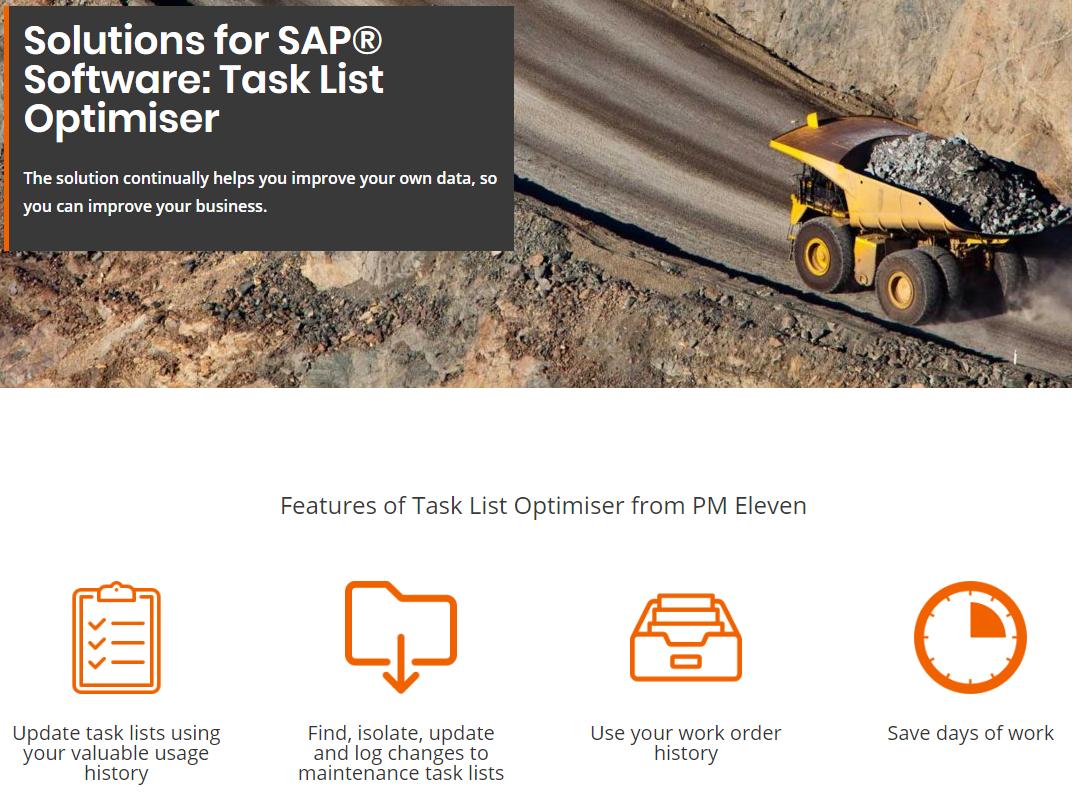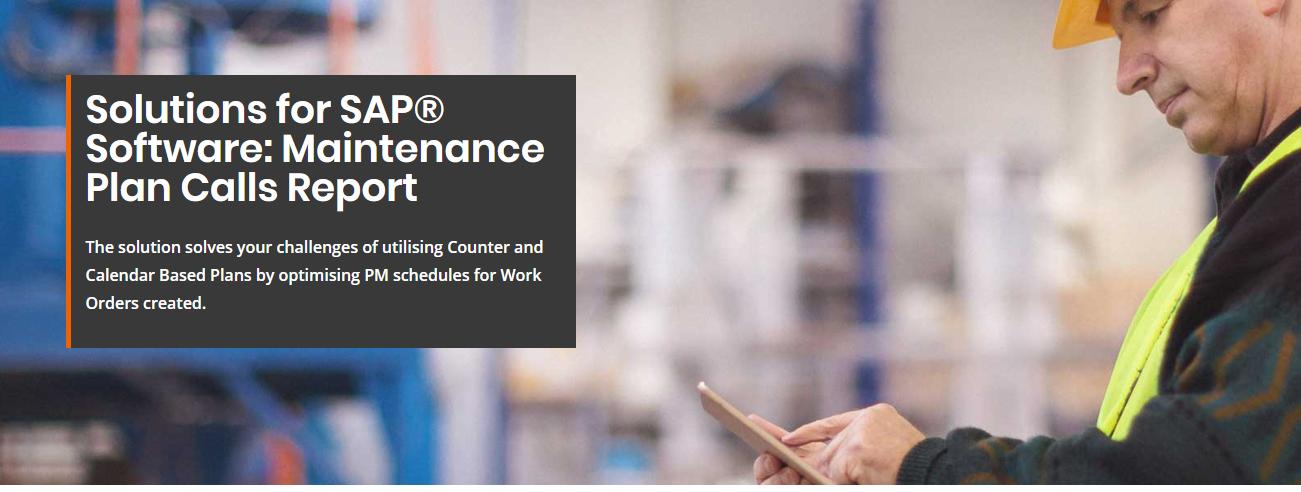
We recently wrote about the Top 3 Must-Haves for Remote Field Mobility and we thought of how Companies might use that as a foundation to move to full Field Service Automation. But this requires strategic thinking.
The opportunities are ripe for organisations in Resources, Utilities, Telco, Construction and indeed Government to take advantage by mobilising operations. A wide variety of hardware, falling prices and cloud-based deployment options, has made easier than ever to implement these solutions quickly and cost-effectively.
To maximise your return on investment (ROI) in amobile field service solution, it’s important to have a complete mobilisation strategy in place. Criticalsteps in that process include:
- Assemble a broad-based implementation team that includes technicians, operations, managers and IT.
- Clearly identify and define your business goals. Partnering with an organisation thatcan bring insights to the table will help you evaluate areas for improvement.
- Identify potential barriersto adoption. For innovation to be adopted, solutions require to besimple, intuitive and easy to use. You don’t want or need the whole scale changes in your business workflow – that will just lead to resistance.
- Decide if you will deploy the solution using internal resources or Partner with an organisation which has the expertise, preferably in your Sector but also wider. Much can be leveraged in this way in terms of Best Practice.
- Address key decision points and determine early in the process if you will use a cloud solution, what type of hardware you need, and whether you should run a pilot. See below with regards to some business goals.
- Establish key performance indicators for the solution. The solution has to be built for purpose yes, but also demonstrate the ability to save time, money and resources.
Mobility will continue to be an important competitive differentiator. A thoughtful approach to mobilising field service operations can pay huge dividends via cost savings and higher productivity.
The question is, Why?
- Field Mobility: Field mobility stands at the top of any feature because it ensures real-time communication with the field staff, manager, and the access of contextual/relevant data from a remote place.
- Assignment management: This is pretty much essential. Receiving your work assignments on a mobile device no matter where you are so you can plan your field visits accordingly. In combination with GIS information, efficient route-planning will save a lot of time, so you can get more done.
Scheduling allows the Field Operations Manager or Supervisor to keep track of the workforce allocation. The entire team is connected to each other and is updated with each development happening in the entire operation. Field Teams, as well as those in the office location, can also manage ad hoc assignments based on location and available time. This ability to avoid a re-schedule by working efficiently has great cost saving benefits (seeField Worker Tracking).
- Accurate data collection: When field staff carry traditional tools like paper and pen you open up the risk to inaccurate data. This could be at the point of collection or more likely through data entry to your business systems. A field service management system allows the possibility of accurate data collection through user-friendly designed data capture fields on a mobile device. It is possible to have immediate data validation through application‘smarts’ that alert to the possibility of an error.
- Detailed Reporting: Whether it is the person deployed in the field or a manager sitting in the office, having access to detailed and relevant reporting is of immense value. Reports need to be in context and of benefit depending on your role within your company. Fast access to reports will allow for faster, better decision-making. Having a Mobility solution that not only works well with your Business Systems (think ERP, Financial and Risk) but also presents data simply and visually will make data collected in the field smarter.
- Field Worker Tracking: The ability to manage Field Workers ‘on the fly’ can save costly re-schedules. This feature is necessary if you are a field service operations manager. It is important for a manager to know where their team and there is a need for constant on-the-job status updates. This feature enables you to have real-time information on their status whether team members are on in-route, or already in the site, or about to wind up the work. All this is possible if you have selected an app that has this feature. Not only can field Workers keep track of their assignment or day’s progress but so to can their Manager. This provides full accountability and an audit trail. Most times, these workers are operating in very remote areas so there is a Health & Safety benefit to this capability.
If you want to join us on this journey and see where it takes us– please ContactUs or Followour LinkedIn Page






